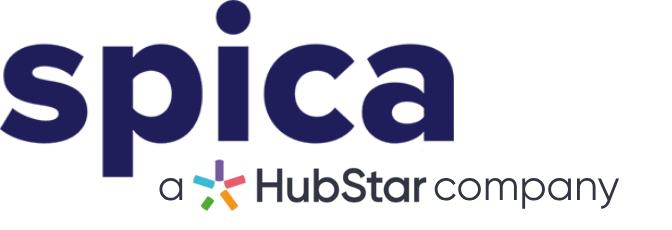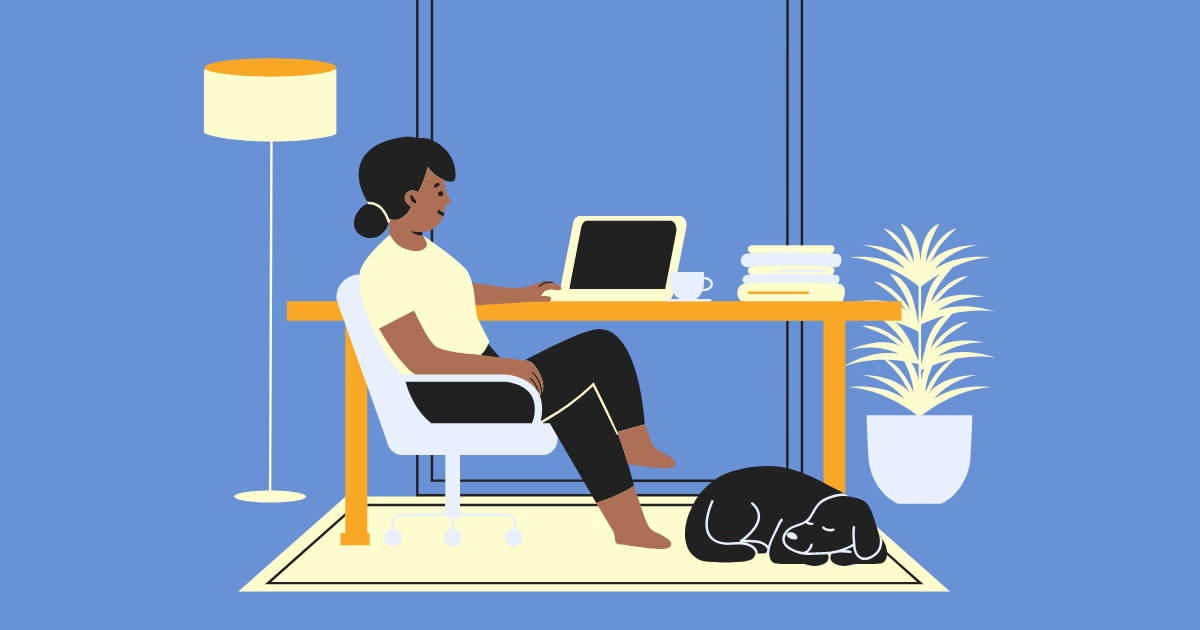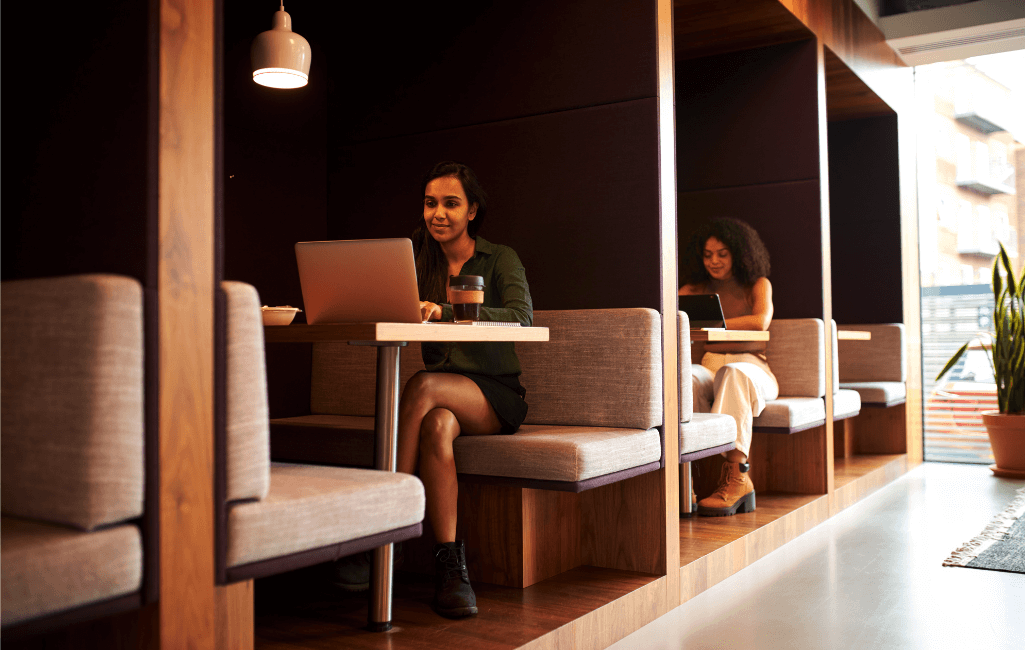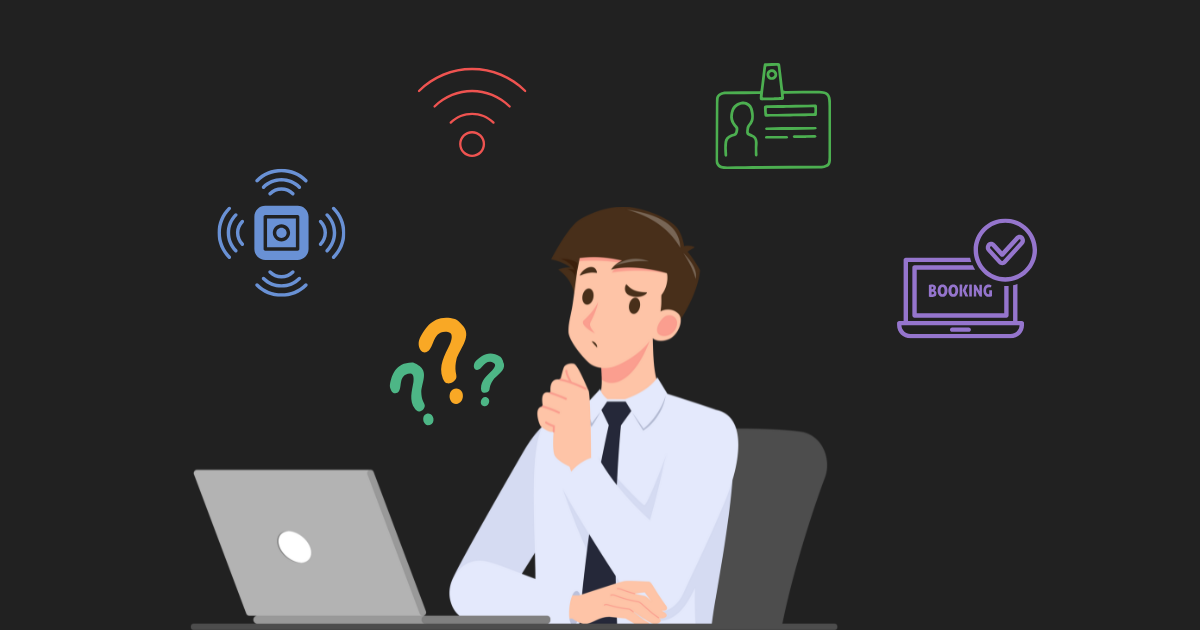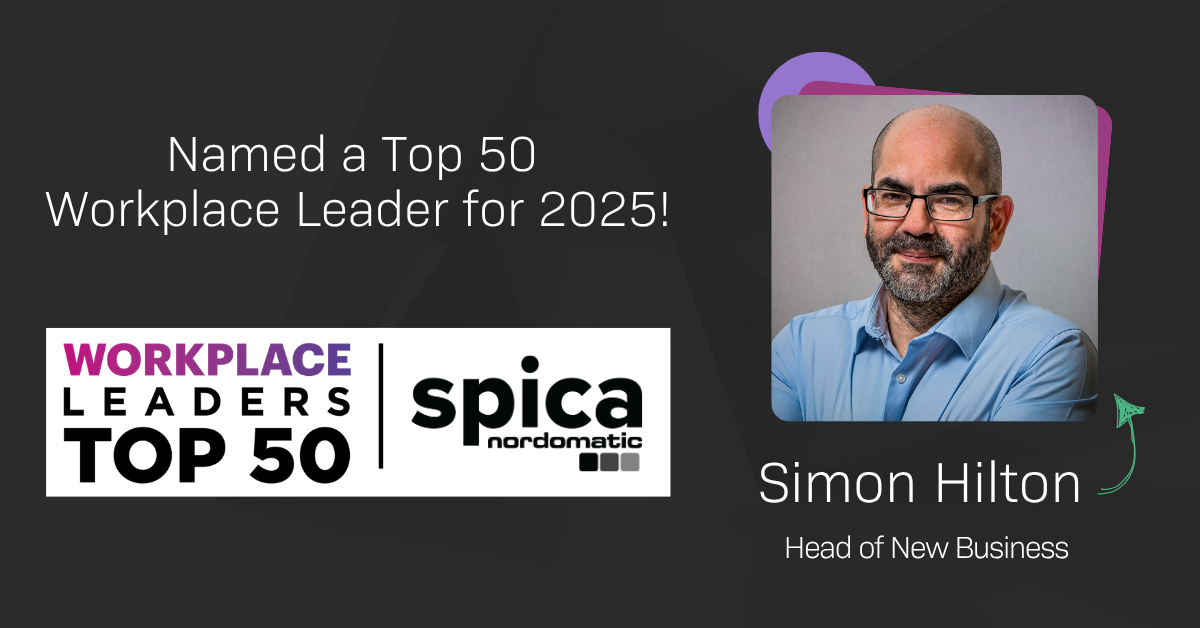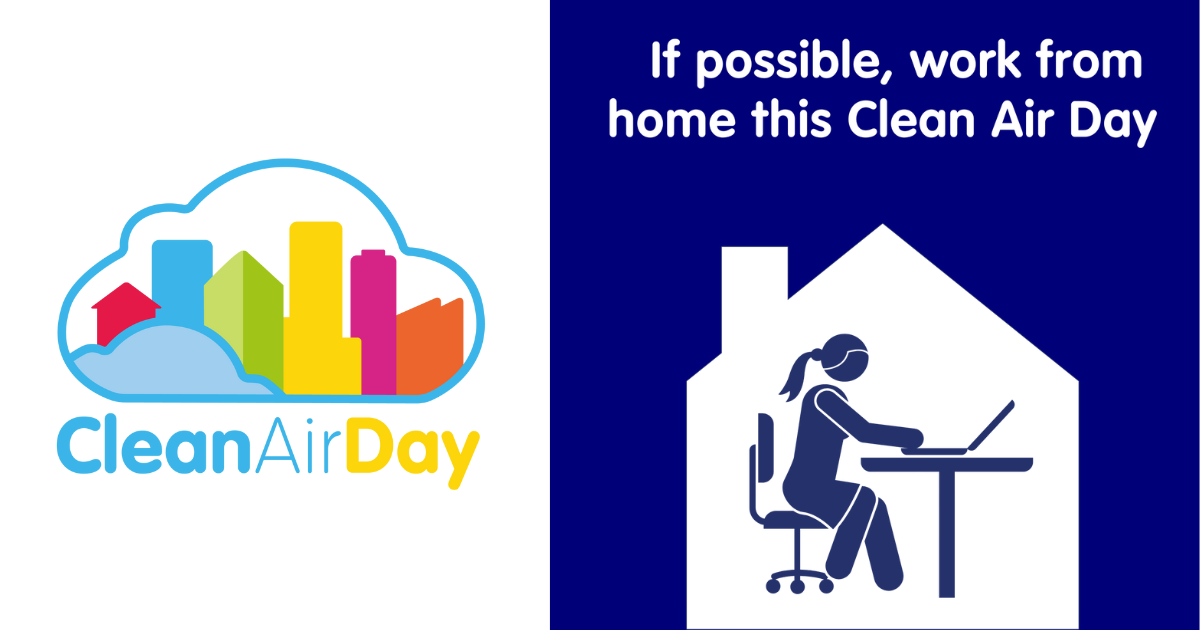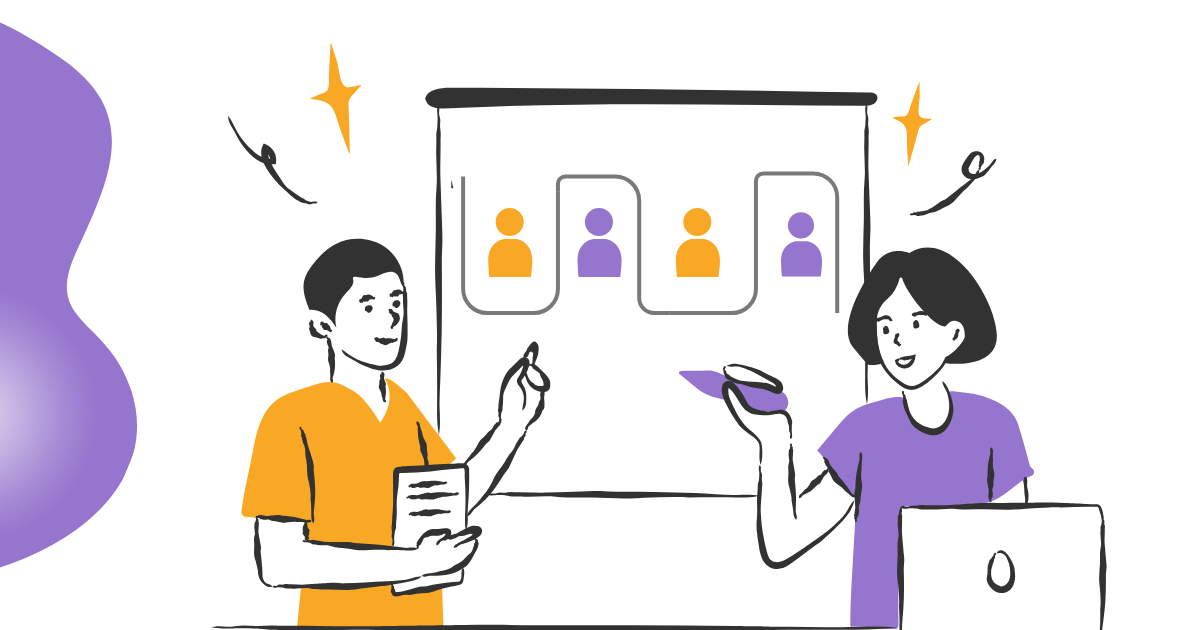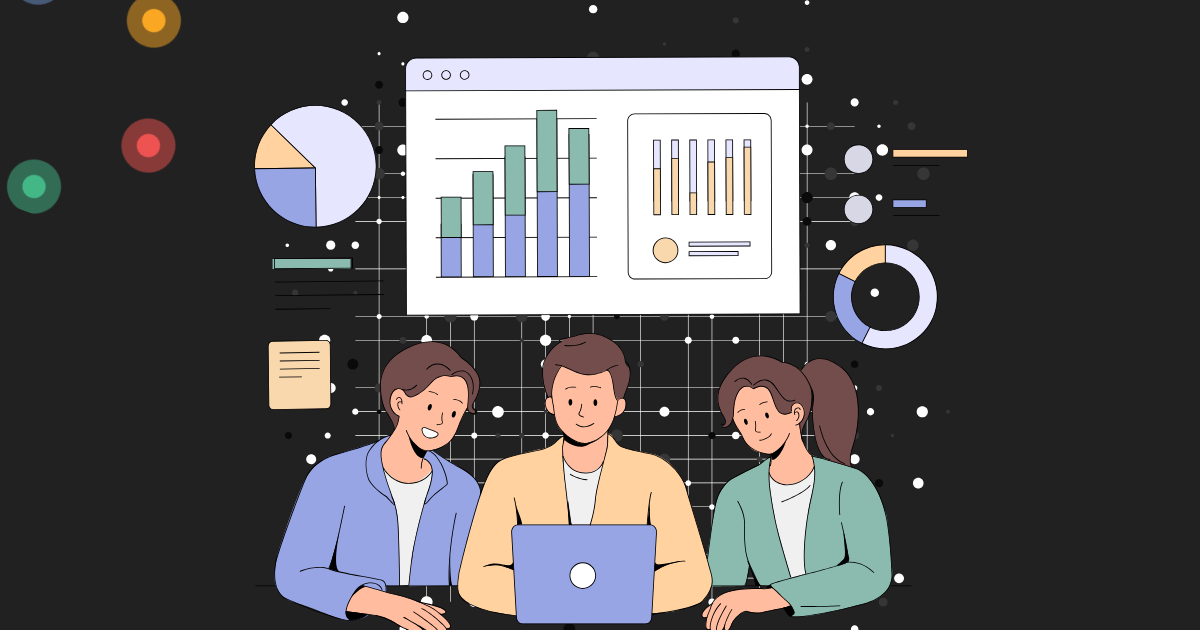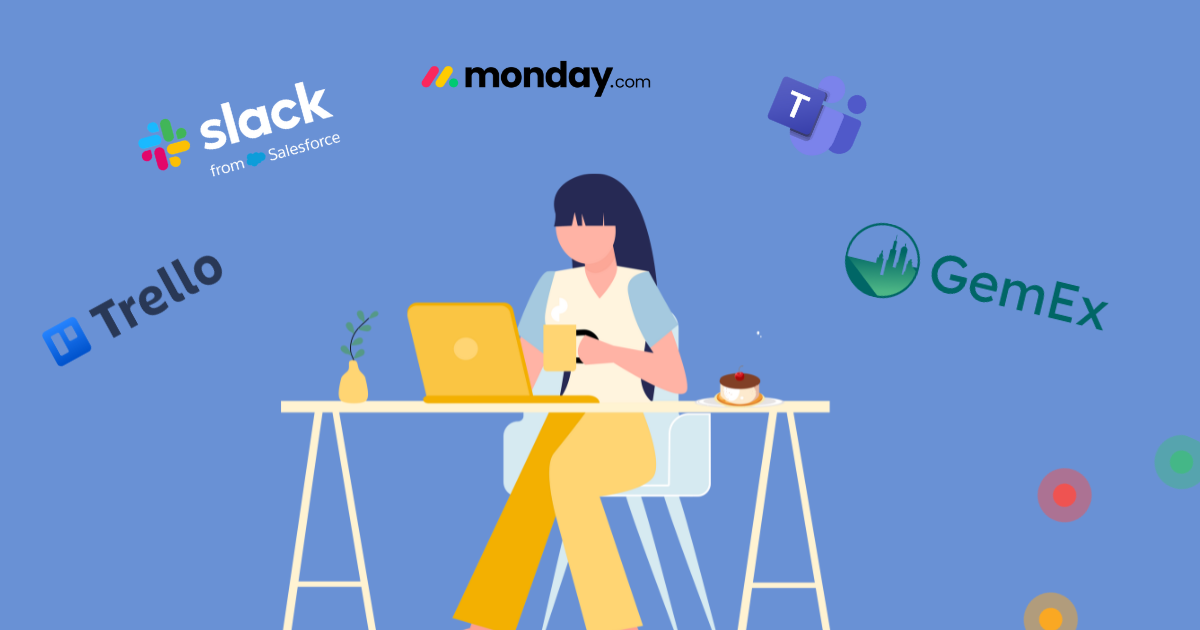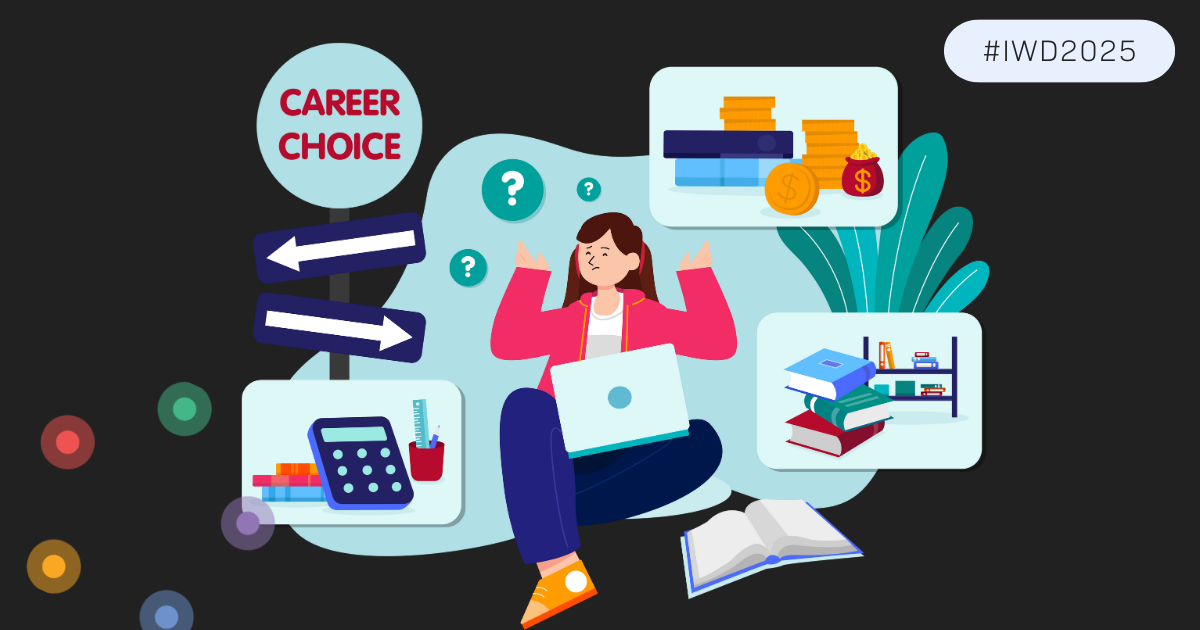Work – home – school
I’ve lived with flexible working since I started my career with IBM back in 2000 (yes, ancient, I know), and only once held a traditional office-based 9-5 job in the 20 years since, which I only stuck with for 6 months as I found it restrictive and unproductive. As such, the enforced remote/home working we are all experiencing isn’t particularly foreign to me.
At Spica, all employees typically work remotely at least 2 days a week, so we have been able to adapt, and work in a fairly BAU model over the past few weeks, albeit home schooling is taking some planning and getting used to.
We implemented a badge system at home this week so the kids know what role my wife and I are playing at any one time, generally allowing us to get things done in a semi-structured fashion – who knew role-play could be so practical?!
I know from the many video calls I’ve had over Slack/Teams/Zoom/Skype these last few weeks that for many people though, remote working is a very new experience, initially greeted with scepticism, reticence and fear. An interesting observation I have noticed this week is a real change of tone and introspective from some of the same people who only last week told me quite stubbornly that “I literally cannot do my job successfully unless I’m sat in the office”. I think that generally a lot of people who typically didn’t remote-work now see the benefit, which will likely mean companies accelerate adoption of remote/agile working after the pandemic abates – effectively just accelerating an existing trend.
Space and Environmental Monitoring
One knock on effect of this could be the importance of Occupancy and Internal Environmental Quality (IEQ) monitoring in Corporate Real Estate. The increase in long-term remote working practices may create a bigger surplus of office space.
Space utilisation monitoring allows CRE Execs to better understand their future Real Estate requirements and have the evidence to make informed business decisions. For example, reducing their estate size if the data proves that current desk/meeting room space is more than is required, and therefore driving large operational cost reduction.
Real-time occupancy monitoring linked to automated alarms, to prevent over-capacity on floors improving social distancing, as well as alerting if humidity levels are outside the 40% to 60% range (which increases the risk of viral spread) could be important steps in providing the Healthy building of the future. These technologies can also provide an important role in improving processes such as emergency evacuation planning as well as security in empty buildings.
Workplace Apps – Digital services for office and home-working
“It’s a Brave New World — or rather a Smart New World — at least in the world where employees live outside the workplace. Then they arrive at the office and it’s like taking a step back in time, where even the simplest of tasks can seem effortful and frustrating.” Gartner, 2019
Linked to this, the office space that does remain will need to offer a fantastic, boutique experience to employees, in order for them to want to physically attend the office rather than working remotely – this should increase the focus on making offices a desired destination, for which Digital Workplace Experience Apps will be critical – integrating key office touchpoints such as access control to enter the building, room booking, food ordering and internal positioning tools to search for colleagues, free hot desks etc.
These digital services should be delivered via a single, frictionless app (customised to your company) to improve productivity. There must also be a recognition that such Apps need to provide value both in the office, but also at remote workplaces – adding functionality around remote collaboration tools (Teams/Slack integration for example), and HR systems to provide simple, fast access to company health policies. Push notification-led content is equally important to give company-wide news updates relevant to employees, filtered by geography/business unit etc.
Office Hygiene
There will undoubtably be a rise in the profile of office hygiene and wellbeing measures. One simple solution here would be to implement Smart Cleaning practices – sensor-based monitoring of office space/washrooms/restaurants to dynamically schedule cleaning activities, ensuring optimal hygiene, with complete auditability. It’s also likely that more companies will start to focus on Well Building standards (and indeed the standards may change to include other measures e.g. bacterial counts) to give assurances to employees about the health and wellbeing of their buildings.
I’m hearing about tons of other interesting ideas, for example leveraging Visitor Management information for contact tracing, and implementing temperature scanning technology to identify people with elevated temperature as an indicator of viral infection. These activities are typically surfacing in the Far East to date, and whilst potentially useful, should be treated with caution due to obvious privacy concerns – for now, food for thought at least.
What comes next?
Once the current crisis is over – and it will eventually end thanks to the fantastic efforts of our Support Services like the NHS; there will surely need to be a re-evaluation of how we adapt our thinking of the Workplace.
At Spica we are working hard (from our home offices!) to adapt our solutions to support the Digital Workplace needs of our clients both during and after the pandemic.
We accept the challenge.

